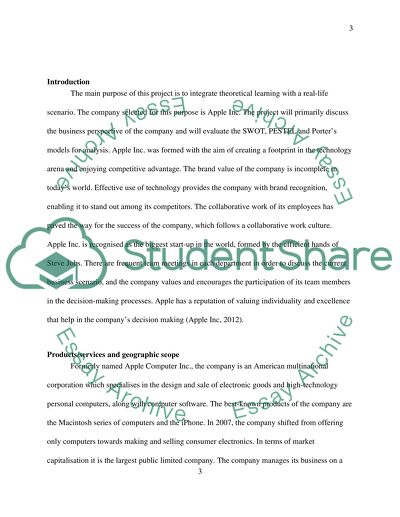Cite this document
(“Apple: Economics Essay Example | Topics and Well Written Essays - 2750 words”, n.d.)
Apple: Economics Essay Example | Topics and Well Written Essays - 2750 words. Retrieved from https://studentshare.org/macro-microeconomics/1402334-apple
Apple: Economics Essay Example | Topics and Well Written Essays - 2750 words. Retrieved from https://studentshare.org/macro-microeconomics/1402334-apple
(Apple: Economics Essay Example | Topics and Well Written Essays - 2750 Words)
Apple: Economics Essay Example | Topics and Well Written Essays - 2750 Words. https://studentshare.org/macro-microeconomics/1402334-apple.
Apple: Economics Essay Example | Topics and Well Written Essays - 2750 Words. https://studentshare.org/macro-microeconomics/1402334-apple.
“Apple: Economics Essay Example | Topics and Well Written Essays - 2750 Words”, n.d. https://studentshare.org/macro-microeconomics/1402334-apple.


